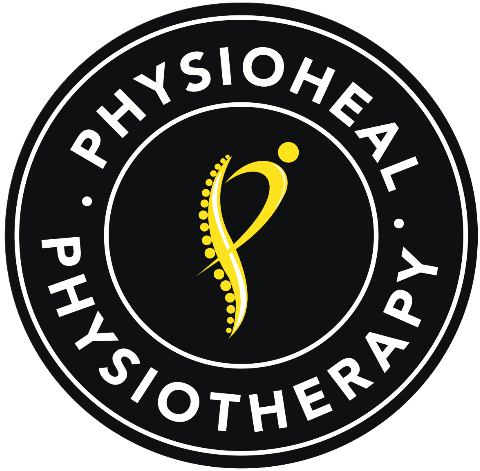Comprehensive Approach to Pelvic Pain Management through Physiotherapy
Chronic pelvic pain is a prevalent and challenging issue that healthcare providers often encounter. Its complex nature, long-standing history, and resistance to traditional therapies make it a formidable condition to address. Typically experienced in the pelvis, lower abdomen, or perineum, pelvic pain can significantly impact an individual’s quality of life. In such cases, physiotherapy emerges as a promising avenue for treating and rehabilitating the body when dealing with chronic pelvic pain.
Understanding the Multifaceted Causes of Pelvic Pain
Pelvic pain can arise from a variety of sources, including:
- Pregnancy and Childbirth: The impact of pregnancy and childbirth on pelvic muscles can lead to modifications in pelvic joints, contributing to pelvic pain.
- Muscle Weakness or Imbalance: Weakness or imbalance in pelvic floor, trunk, or pelvis muscles can result in pelvic pain symptoms.
- Muscle Modifications: Changes in the muscles controlling the colon and bladder can also be a contributing factor to pelvic pain.
- Nerve Irritation: Inflammation or direct irritation of nerves due to pressure, injury, or intraperitoneal inflammation can cause pelvic pain.
- Muscle Cramps and Contractions: Cramps or contractions in both skeletal and smooth muscles can lead to pelvic pain.
- Other Conditions: Conditions such as ectopic pregnancy, twisted or ruptured ovarian cyst, pelvic inflammatory disease, urinary tract infections, ruptured fallopian tube, appendicitis, uterine fibroids, menstrual cramps, endometrial polyps, scar tissue in the pelvic cavity, and reproductive tract cancers can also be associated with chronic pelvic pain.
The Vital Role of Physiotherapy in Pelvic Pain Management
Physiotherapy offers a specialized approach to address symptoms of pelvic floor dysfunction and enhance muscle function. Through a diverse range of exercises aimed at muscle relaxation and strengthening, physiotherapy aims to reduce symptoms and improve daily functioning. The primary objectives of chronic pelvic pain treatment through physiotherapy include symptom alleviation, restoration of daily activities, enhanced bladder control, improved participation in physical activities, and relief from discomfort during sexual intercourse.
Administering Physiotherapy for Pelvic Pain Relief
During physiotherapy sessions for pelvic pain, a skilled physiotherapist will conduct a thorough assessment of your physical concerns and symptoms. This assessment may include evaluating the endurance of core muscles, assessing the coordination of pelvic floor muscles through various positions, and developing a personalized pelvic floor physical therapy plan tailored to your specific needs.

Techniques and Exercises in Pelvic Pain Physiotherapy
Some common exercises utilized in pelvic pain physiotherapy include:
- Kegel Exercise: This exercise involves contracting the pelvic floor muscles isometrically, holding for a few seconds, and then relaxing. It is beneficial for strengthening pelvic floor muscles.
- Reverse Kegel Exercise: This exercise focuses on relaxing the pelvic floor muscles, aiding in muscle release and relaxation.
- Transverse Abdominis Activation: Activating the transversus abdominis muscle can enhance pelvic floor muscle engagement and overall pelvic floor function.
In Conclusion: Prioritize Your Pelvic Health
If chronic pelvic pain is impacting your quality of life, seeking guidance from a skilled physiotherapist can be instrumental in devising a personalized exercise regimen to alleviate your symptoms effectively. Physioheal, recognized as the top physiotherapy center in Gurgaon, led by the esteemed Dr. Divya Gaur, offers top-notch pelvic pain treatment services. Don’t let pelvic pain hinder your daily life – take proactive steps towards recovery with expert physiotherapy assistance. Remember, your pelvic health matters, and seeking professional help can make a significant difference in your overall well-being.
